Creating a tranquil garden oasis often involves the harmonious combination of natural elements and carefully chosen features. Among these features, a garden fountain stands out as a centerpiece, adding both visual appeal and the soothing sound of flowing water. Yet, to maintain such a fountain efficiently, one requires a reliable pump that not only circulates water but also complements the aesthetic and functionality of the overall garden design.
Enter the self-priming electric pump, a versatile solution designed to meet the demands of garden fountain pump systems with efficiency and convenience. In this exploration, we delve into the capabilities, benefits, and considerations associated with integrating a self-priming electric pump into your garden fountain setup.
Understanding the Self-Priming Electric Pump
At its core, the self-priming electric pump represents a significant advancement in pump technology, particularly suited for applications where priming may be challenging or impractical. Unlike traditional pumps that require manual priming to expel air and initiate suction, self-priming pumps can automatically evacuate air and create a vacuum, enabling seamless operation even when placed above the water level.
Key Features and Benefits
1. Versatility:
One notable advantage of the self-priming electric pump is its versatility. It can handle various water conditions, including shallow water levels or intermittent operation, making it ideal for garden fountain setups of diverse designs and sizes.
2. Efficiency:
Efficiency is another hallmark of self-priming pumps. By eliminating the need for manual priming and reducing air entrainment, these pumps optimize energy consumption and ensure consistent water flow, contributing to cost savings and fewer maintenance requirements.
3. Reliability:
Reliability is paramount in garden fountain systems, where uninterrupted water circulation is essential for preserving the ecosystem and visual appeal. Self-priming electric pumps boast robust construction and dependable performance, offering peace of mind to garden enthusiasts and landscape designers alike.
4. Ease of Installation:
Simplified installation procedures further enhance the appeal of self-priming electric pumps. With intuitive design features and user-friendly controls, homeowners and professionals can seamlessly integrate these pumps into new or existing garden fountain setups with less effort and expertise.
Considerations for Integration
While the self-priming electric pump presents a compelling solution for garden fountain systems, several considerations merit attention during the integration process.
1. Sizing and Capacity:
Proper sizing of the pump is essential to ensure ideal performance and longevity. Factors such as fountain height, water flow rate, and head pressure must be carefully evaluated to select a pump with adequate capacity to meet the system's requirements.
2. Maintenance Requirements:
Despite their efficiency, self-priming electric pumps require periodic maintenance to uphold peak performance. Regular inspection of components, cleaning of filters, and lubrication of moving parts are recommended to prevent issues and prolong the pump's lifespan.
3. Power Supply and Safety:
Adequate power supply and adherence to safety standards are critical considerations when operating electric pumps in outdoor environments. Consultation with a qualified electrician and compliance with local regulations ensure safe installation and operation of the pump within the garden setting.
In the realm of garden fountain systems, the self-priming electric pump emerges as a versatile and efficient solution for maintaining ideal water circulation and enhancing the overall aesthetic appeal. By understanding its capabilities, benefits, and integration considerations, garden enthusiasts and landscape professionals can elevate their outdoor spaces with confidence and creativity, transforming ordinary gardens into captivating oases of serenity and beauty.

 English
English русский
русский Español
Español
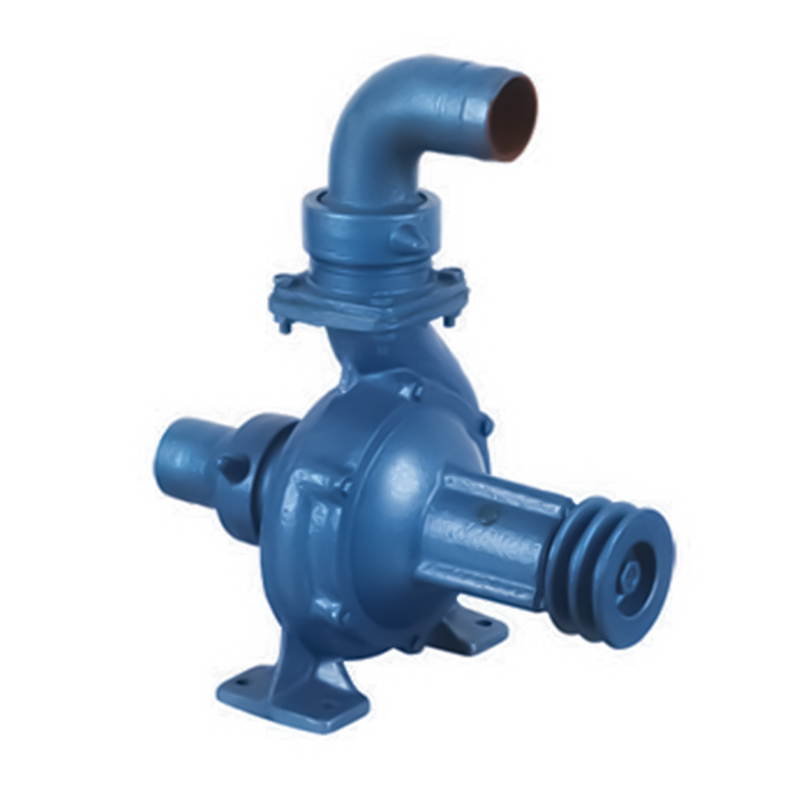
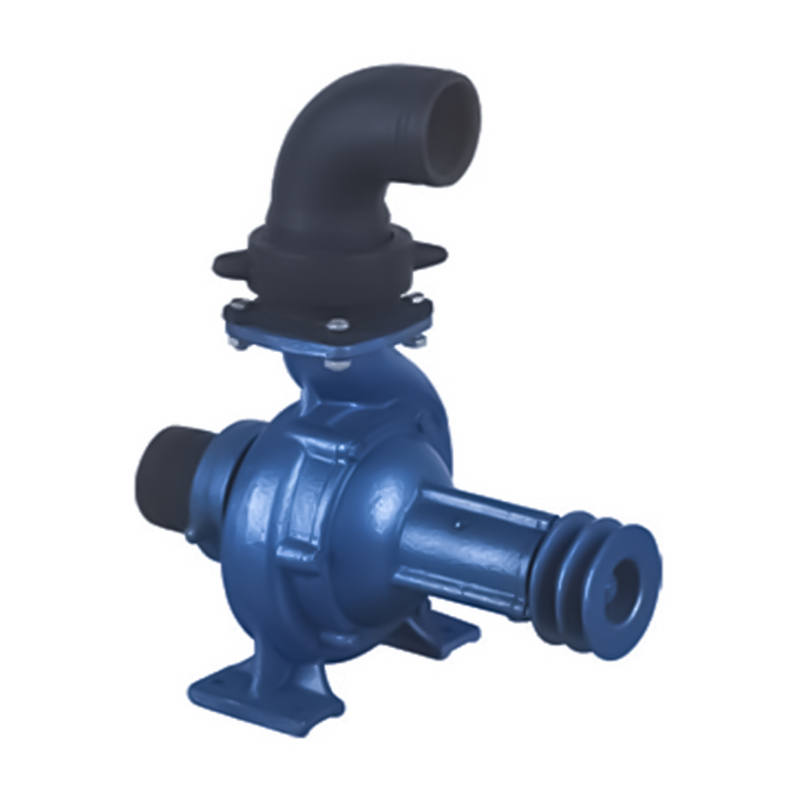

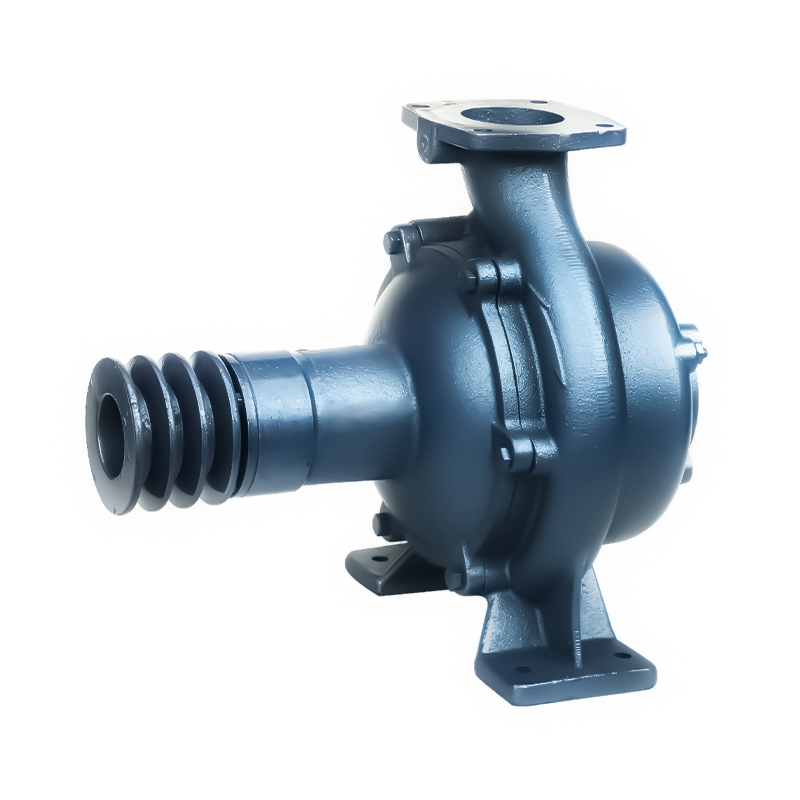
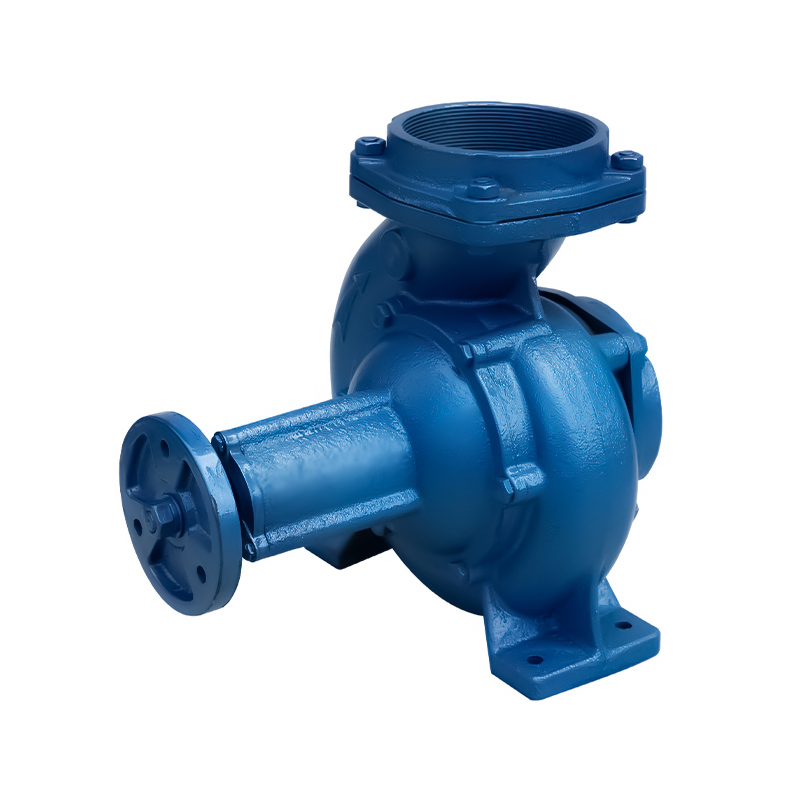
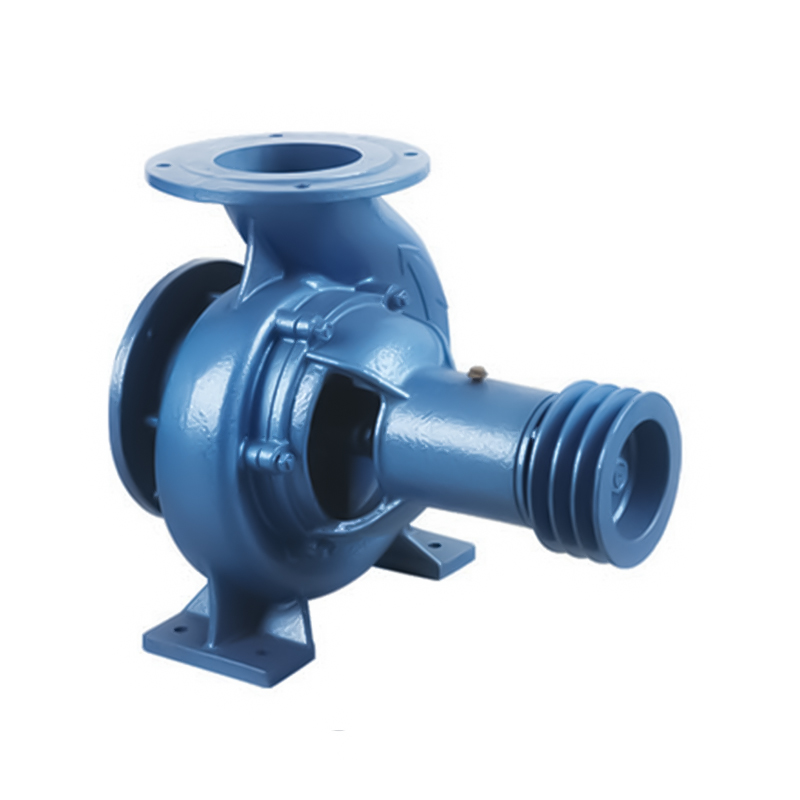
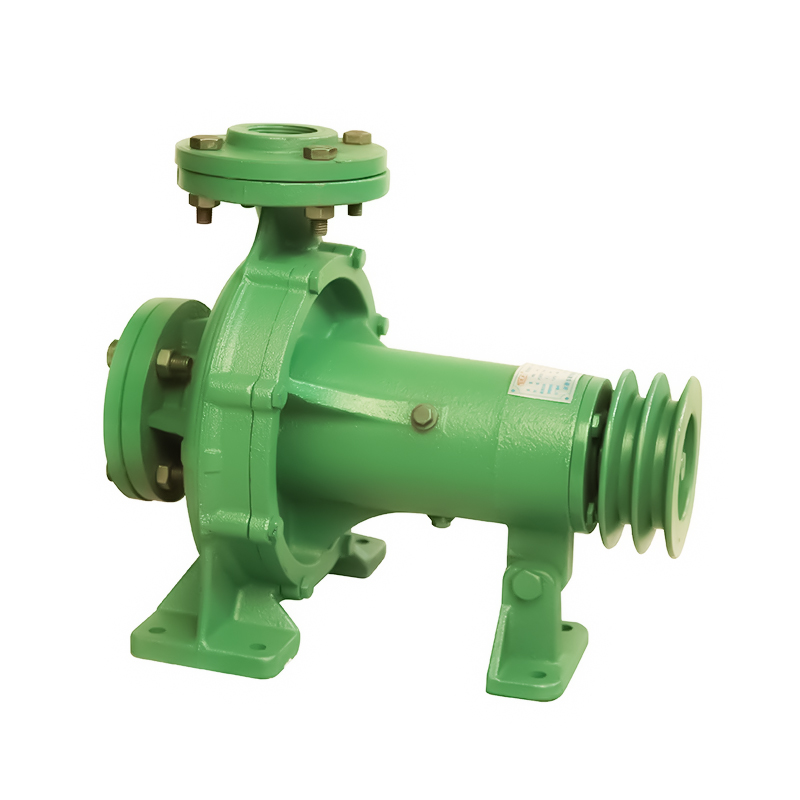

 Email:
Email:
 Phone:+86-13605899207
Phone:+86-13605899207

